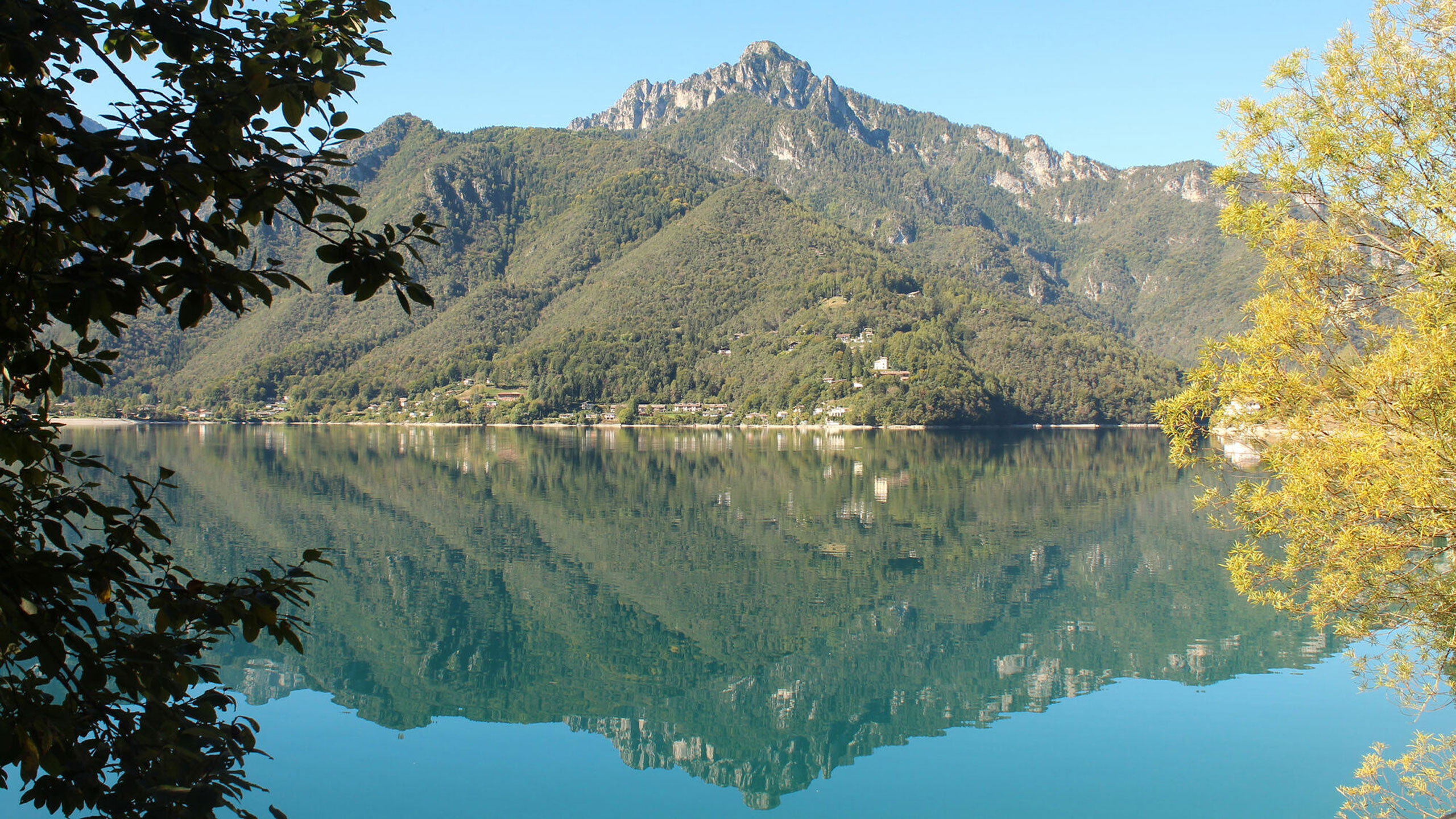HISTORY
Discover our history
The Ledro Valley is a true corner of paradise hidden in the mountains and at its centre is one of the most beautiful lakes in Trentino. Formerly comprising the communities of Pieve, Bezzecca, Concei, Tiarno di Sotto, Tiarno di Sopra and Molina, now united in the municipality of Ledro, it is located just over 10 minutes' drive from Lake Garda, more precisely between the Chiese Valley and the Riva lowlands.
The history of human settlement in Valle di Ledro is a millenary one. Already more than 4.000 years ago, during the Bronze Age, the shores of Lake Ledro hosted a pile-dwelling village. In the last century, artefacts were found that have made the archaeological site on Lake Ledro a UNESCO World Heritage Site. The village, which has been recreated according to the prehistoric remains discovered, makes visitors relive the life of our ancestors.
The Third War of Independence was a fundamental step in the history of our territory. Giuseppe Garibaldi ordered the volunteers to control the front between Lombardy and Trentino. The border was at Caffaro and was the only access point to Trento. In July 1866, Garibaldi's offensive began. The Italians descended into the Chiese Valley, obtained the surrender of Fort Ampola and began their march towards Riva. On 21 July they fought the Austrians in Val Concei and Bezzecca. Here, the Austrians were forced to retreat to Lenzumo, handing the victory to the Italians. The Austrian offensive had failed to liberate the Ledro Valley and Garibaldi was able to strengthen his positions. On August 12th the armistice of Cormons between the Kingdom of Italy and the Austrian Empire came into force. Garibaldi had to give up the invasion and his plan to advance towards Trento. At Bezzecca he said the famous phrase "I obey" and it was from here that the telegram was sent.
During the First World War, Kaiserjäger and Alpines faced each other on the peaks of the Ledro Valley. The signs of that period are still clearly visible in the mountains. The civilian population was evacuated, mainly to Bohemia and Moravia. On their return to the Ledro Valley, the people of Ledro found their villages and homes completely destroyed.
